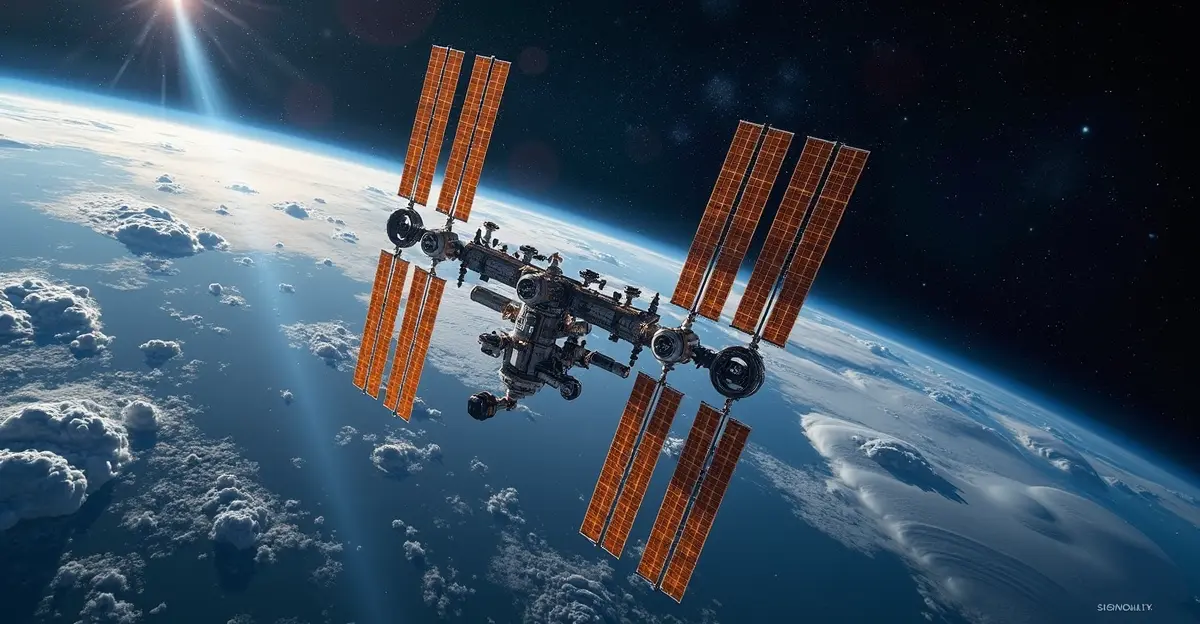Blue Origin successfully launched its New Glenn rocket carrying NASA's ESCAPADE Mars mission, marking the first successful booster landing and establishing the company as a major player in commercial space exploration.

Historic Launch Marks New Era for Commercial Space Exploration
In a spectacular display of technological achievement, Blue Origin's New Glenn rocket successfully launched from Cape Canaveral Space Force Station on November 13, 2025, carrying NASA's ESCAPADE mission to Mars. The 321-foot-tall rocket, developed by Jeff Bezos' space company, lifted off at 3:55 PM EST after several weather-related delays, marking a significant milestone in commercial space exploration.
The launch represents Blue Origin's first major NASA science mission and demonstrates the company's growing capabilities in the competitive space launch market. 'This successful launch validates years of hard work by our incredible team,' said Blue Origin CEO Dave Limp. 'We're proud to support NASA's scientific exploration of Mars and demonstrate the reliability of our New Glenn system.'
Technical Breakthrough: First Successful Booster Landing
Nine minutes after liftoff, the reusable first stage successfully separated from the upper stage and performed a controlled descent, landing precisely on the Landing Platform Vessel 1 in the Atlantic Ocean. This marked the first successful booster recovery for New Glenn, following a failed landing attempt during the rocket's maiden flight in January 2025.
The New Glenn rocket is powered by seven BE-4 engines that consume more than 1,270 kilograms of liquid fuel per second during ascent. The rocket's massive size and reusability features position it as a direct competitor to SpaceX's Falcon Heavy in the heavy-lift launch market.
Mars Mission Details
The ESCAPADE (Escape, Plasma Acceleration and Dynamics Explorers) mission consists of two identical spacecraft named Blue and Gold, built by Rocket Lab for UC Berkeley's Space Sciences Laboratory. The $107.4 million mission represents a new approach to planetary exploration, with the entire project costing just $75 million - significantly less than traditional Mars missions like MAVEN, which cost $582 million.
'ESCAPADE demonstrates how we can conduct meaningful planetary science at a fraction of traditional mission costs,' explained Dr. Robert Lillis, the mission's principal investigator at UC Berkeley. 'These twin spacecraft will provide unprecedented insights into how solar wind strips away Mars' atmosphere.'
The spacecraft will take an innovative trajectory to Mars, spending approximately a year in a loiter orbit past the moon before using Earth's gravity assist in November 2027 to reach Mars by September 2027. Their 22-month journey will study how solar wind interacts with Mars' magnetosphere, providing crucial data about the planet's climate evolution from once being warm and wet to its current state.
Overcoming Challenges
The launch faced multiple obstacles before success. Initial attempts on November 9 and 12 were scrubbed due to weather conditions and solar storms. The mission also navigated complications from a temporary Federal Aviation Administration ban on commercial rocket launches during daytime hours due to an ongoing government shutdown, though Blue Origin received a special waiver.
'The team showed incredible resilience in working through these challenges,' noted a NASA official involved with the mission. 'This successful launch opens new possibilities for cost-effective planetary exploration.'
The mission represents the first NASA mission to Mars since 2020 and demonstrates the growing partnership between government space agencies and commercial providers. With this successful launch, Blue Origin establishes itself as a serious contender in the commercial space industry, capable of supporting complex interplanetary missions while advancing reusable rocket technology.

 Nederlands
Nederlands
 English
English
 Deutsch
Deutsch
 Français
Français
 Español
Español
 Português
Português









